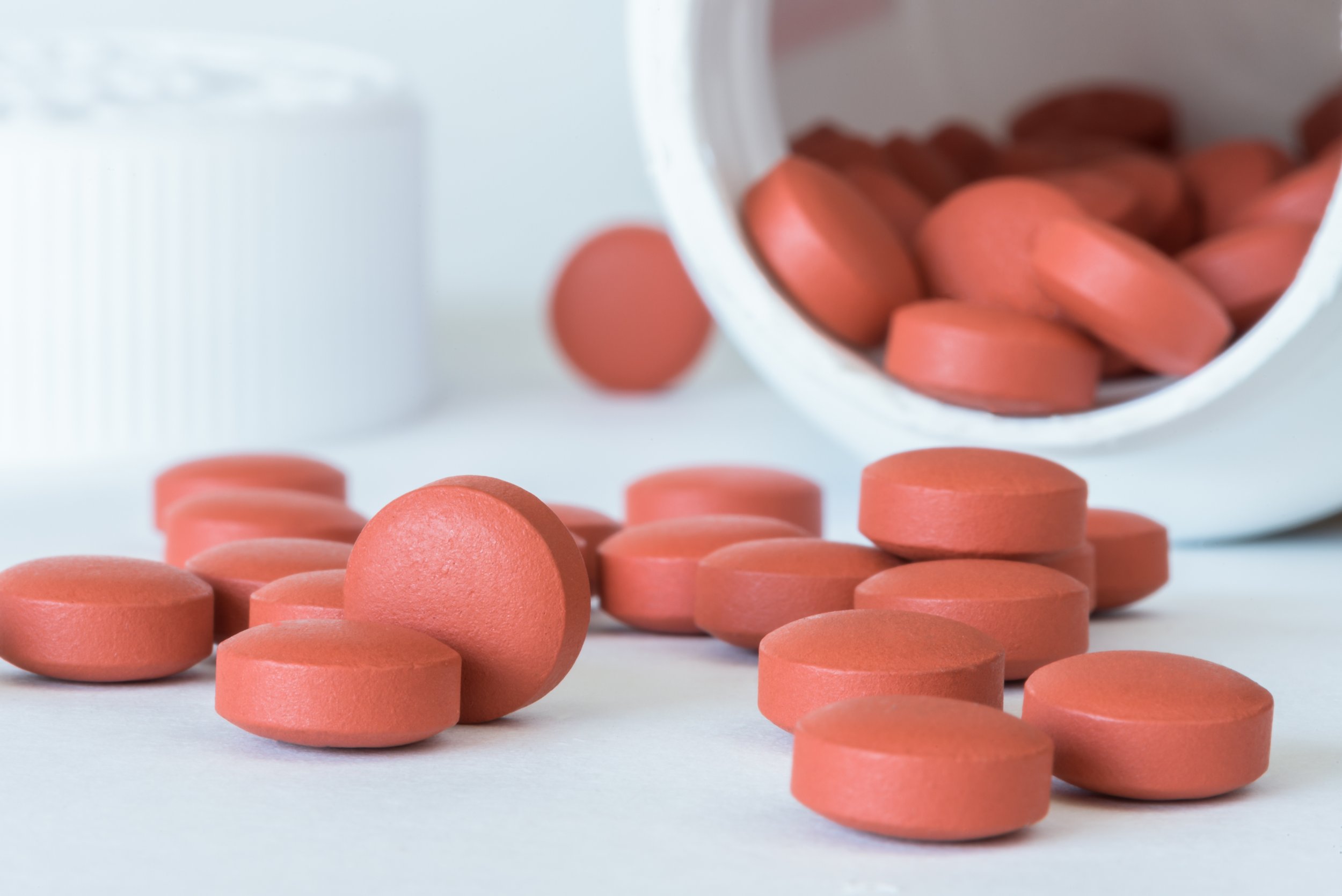Migraine Tip of the Month: Want to avoid prevention therapy? Up your acute treatment game
/In surveys of the general population, as many as 15 million American migraineurs report a level of migraine burden that, according to guidelines provided by the American Headache Society, calls for consideration of prevention therapy. According to those guidelines, prevention therapy should be considered when the individual is experiencing more than two migraine episodes per month on a regular basis.
Are you one of those 15 million? Is your migraine burden at a level which would appear to require prevention therapy? The good news: if you are, there are available a variety of options which are safe, typically well-tolerated, and often effective.
But what if you find yourself unready to commit to migraine prevention therapy with one of the oral or injectable medications commonly used for that purpose? Is there another alternative?
Maybe. In the Spring 2022 issue of this magazine we discussed the various non-pharmacologic therapies which may be effective in reducing overall headache burden. Another option to consider: optimizing your acute migraine treatment strategy.
Does aggressive and effective acute migraine treatment help not only to terminate the acute episode being treated but also to reduce the frequency of future migraine episodes? Put another way, does successful acute treatment have a “downstream”/preventive effect?
Aside from observations made in clinical practice, there are research data which would suggest this to be true. During the development of rimegepant (Nurtec) as an acute therapy for migraine, an open- label one-year study was performed to assess the long-term safety of the drug and to determine whether it would remain both tolerable and clinically effective over an extended period. Participating patients were provided with Nurtec, advised to take the medication as needed for acute migraine headache and to record their responses. As expected, Nurtec remained safe, well-tolerated and effective for acute migraine treatment over the one-year study period. Perhaps more interesting, however, and certainly more relevant to this (“Tip”), those patients who were experiencing relatively frequent migraine at the outset of the study reported a steady decline in migraine frequency as the months progressed. In other words, as-needed use of Nurtec for acute migraine headache appeared to have a downstream/preventive effect.
It seems likely that what is observed with Nurtec was not unique to that drug but will occur with any medication or assortment of medications that a migraineur uses to treat his or her acute headaches effectively.
But what is the most effective way to treat acute migraine headache?
Caveats
Treat early
Early treatment of an acute migraine headache, before that boulder of pain gets the chance to really get rolling, typically proves much more effective than “toughing it out” and waiting until the pain becomes moderate to severe in intensity. Early treatment is associated with a higher likelihood of terminating the headache altogether, and terminating migraine head pain is associated with a lower likelihood of early headache recurrence than is simply reducing the pain. Three aspirin and a caffeinated beverage taken early may be more effective than a narcotic taken late, when the pain is severe.
Use an adequate dose
The doses contained in OTC (over-the-counter/non-prescription) medications intended for acute headache treatment are typically well below what is recommended for migraine. Naproxen sodium taken with a caffeinated beverage may be a highly effective treatment for acute migraine headache in its early stages, but the 220 mg dose contained in the OTC formulation is usually not enough.
Match your treatment to the intensity of your headache
Don’t use a BB gun to try to stop a grizzly bear, and, conversely, don’t use a stick of dynamite to eliminate an ant. Rarely will one single medication serve to treat effectively all of your migraine headaches. Headache specialists often prescribe one medication for treatment of early migraine headache, another for migraine headache that is “on the rise“ to become moderate in intensity, and a third for “rescue” from a headache that is particularly severe. This topic of matching treatment to headache intensity is covered in detail in the Fall 2022 issue of this magazine.
Consider route of administration
If you are experiencing nausea and vomiting with your migraine headache, orally administered medication obviously doesn’t make much sense. More appropriate in such situations are subcutaneously self-administered injections or nasal sprays. If nausea and vomiting continue to be a problem, a suppository formulation of an anti-nausea medication can prove to be remarkably effective and thus help you avoid the dehydration that will aggravate your migraine and perhaps precipitate the need for a trip to the ER (rarely a pleasant experience for someone with acute migraine). Consider also the fact that migraine may produce gastroparesis. Gastroparesis is reduced motility in the stomach…with the consequence that orally administered medication may have a tough time making its way to your intestine to be absorbed into the bloodstream and thus transported to its treatment target. There are several ways to circumvent this problem, and it may be helpful to discuss those options with your headache provider.
A final word: if you have chronic migraine, it’s unlikely that aggressive acute treatment alone will be enough to reduce your headache burden satisfactorily. More likely, a course of prevention therapy also will be required. Even so, treating acute breakthrough headaches that occur despite prevention therapy is key to the overall treatment strategy for stabilizing migraine’s biologic circuitry and significantly reducing headache frequency. In short, prevention therapy and acute therapy work hand-in-hand to treat migraine.




